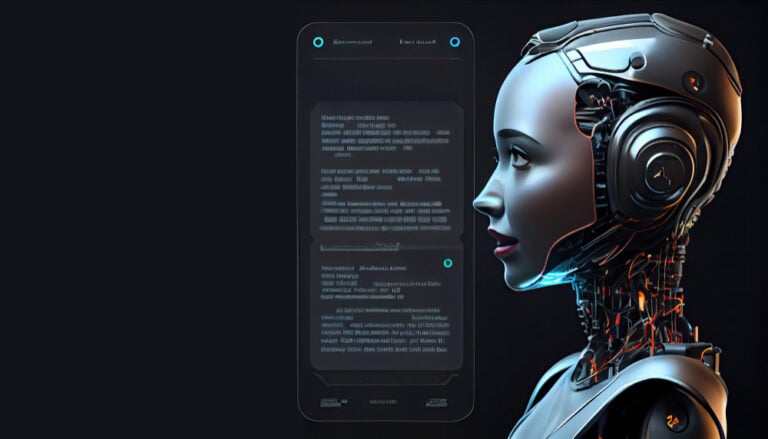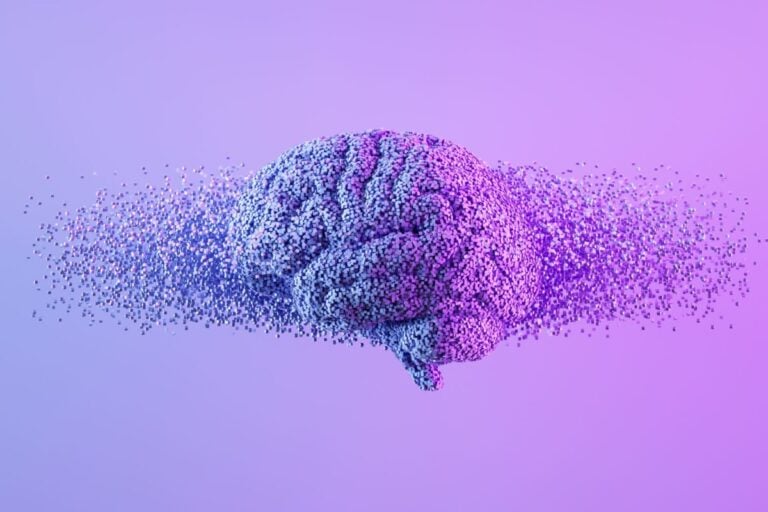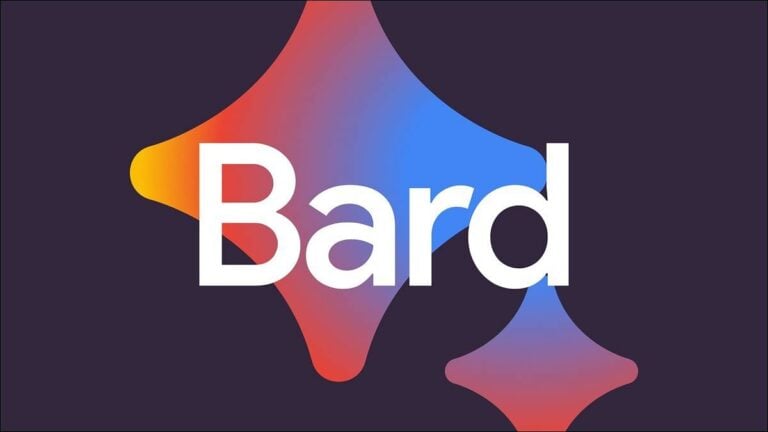A person interacts with such programs using voice commands. Digital assistants provide the ability for the user to conduct a conversation, similar to communicating with another person.
Simply put, a virtual assistant is designed to perform specific tasks, such as organizing work time, managing a smart home, or automating simple business processes.
Let’s look at how you can use a virtual assistant based on AI to optimize your working time and automate business processes, and also discuss how this technology can benefit your business’s customers, regardless of industry.
Possibilities of virtual assistants
Virtual assistants typically perform simple tasks for end users, such as:
- Adding tasks to the calendar
- Providing information, similar to a web browser
- Control and check the status of smart home devices, including lights, cameras and thermostats
- Making phone calls
- Planning meetings, events
- Create text messages and emails and send them automatically
- Search for hotels and restaurants
- Checking your flight reservation
- Podcast streaming
- Set reminders
- Workflow management, reminders
- Call a taxi
- Play music on demand
- Order products upon request
- Answers to questions
- Can be used as a chat and voice support operator
Digital assistant and chatbot: what is the difference?
Chatbots and virtual assistants can both use artificial intelligence (AI) technology, but their basic operating principles and functionality differ.

Chatbots mainly work based on given scripts. They use predefined data sets and algorithms to recognize incoming user queries and provide appropriate responses.
This means that a chatbot may be limited in its ability to understand context and carry on a conversation, limited to only what it has been previously trained to do.
Virtual assistants, on the other hand, are typically based on more sophisticated artificial intelligence technologies such as machine learning and natural language processing.
They are able to adapt to user behavior and requests, extract meaningful information from a conversation and take appropriate actions based on context and previous experience, and go online to search for the answer to a question and carry out simple commands such as booking a plane ticket or ordering a taxi.
Virtual assistants have a wider range of features that can be very useful in daily life, business and customer service.
Application in business
Let’s look at a few examples of how this technology can be used in an enterprise:
Customer Service
The digital assistant can provide 24/7 online support through chats or voice interfaces. It is often used to answer frequently asked user questions, solve problems, and direct customers to the right resources.
Imagine that your website visitors could communicate with a robot that is indistinguishable from a human. The information provided by AI-powered digital assistants is pulled from many different sources to provide the most comprehensive answers to questions.
For example, banks use virtual assistants to process requests for account balances or money transfers.
Automation of order acceptance and booking processes
Virtual assistants can be integrated into websites, instant messengers or applications for taking orders and bookings.

For example, restaurants can use virtual assistants to take food delivery orders or make table reservations.
Task and schedule management
A digital assistant can be used to more effectively manage personal tasks and help employees manage their work time, such as setting reminders for important events, meetings or tasks.
They can also automatically adapt the schedule based on changes or user preferences.
Automation of procurement processes and inventory accounting
A virtual assistant can automate the process of managing inventory, predicting the need for goods, and placing orders with suppliers.
Retailers can use virtual assistants to manage warehouse inventory and streamline purchasing processes, reducing costs and preventing losses due to stockouts.
Personalized marketing and sales
Integrating an intelligent chatbot into a web interface or app can help in providing personalized recommendations and offers to customers based on their preferences, purchase history, and behavior.
For example, online stores can use an assistant to recommend products that may be of interest to a specific buyer, which helps increase conversion and average check.
Conclusions
Virtual assistants are becoming an increasingly integral part of the modern world, helping both clients, managers and employees of enterprises cope with similar tasks.
The introduction of virtual assistants into business processes can significantly improve customer service, optimize operational processes and increase the company’s competitiveness in the market.








